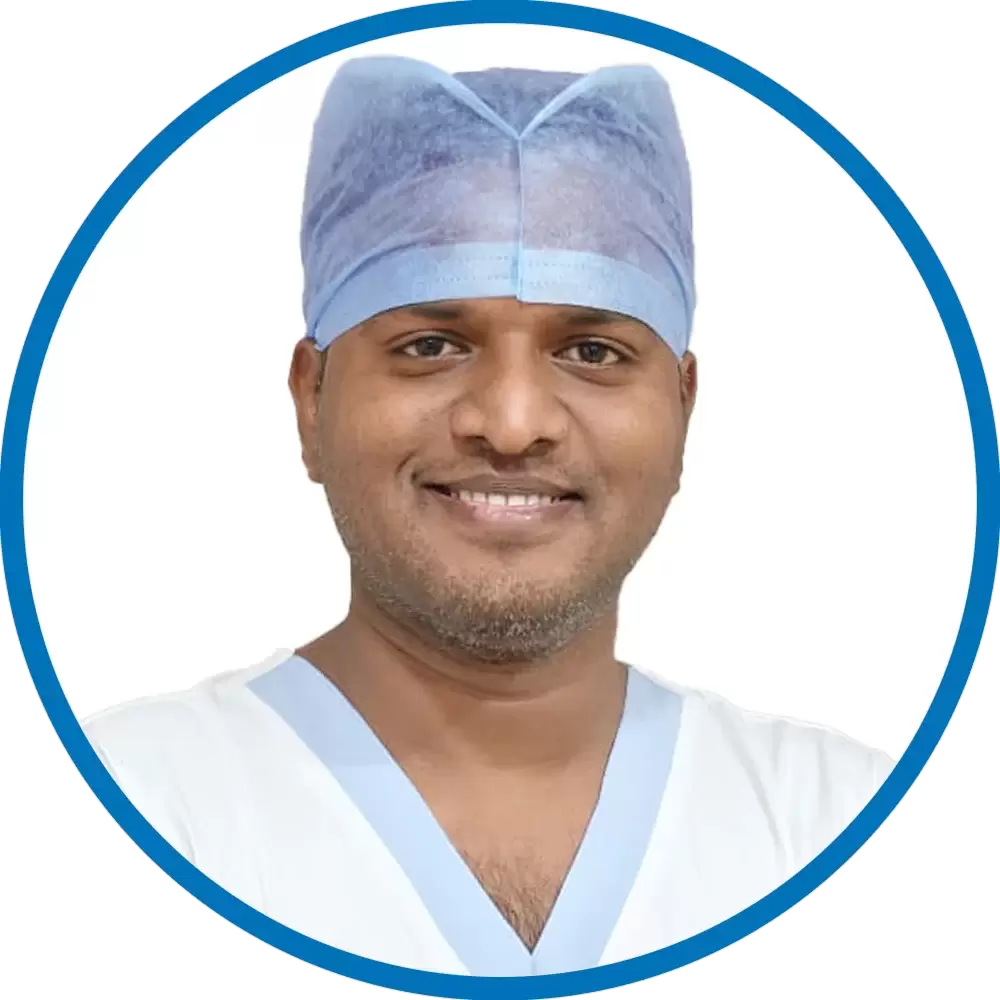
6 Benefits of Modern Cataract Treatment Techniques
Dr. Prashant B. Borde In Cataract
Cataracts are also known as motiyabind, a common age-related visual impairment, and discomfort also caused by certain medications, injuries, or diseases that affect millions of people worldwide. It occurs when the natural lens of our eyes becomes cloudy (the protein in our natural lens breaks down which causes less colorful and blurry vision). Thankfully, the advancement in medical technology brings modern techniques for cataract treatments that give us many benefits over traditional treatment techniques.
What are the Major Symptoms of Cataract (Motiyabind)?
- Sensitivity to light
- Seeing halos around lights
- Increased power of spectacles or contact lens
- Difficulty in seeing, majorly at night
- Fogged up or blurry vision
- Colors look faded
- Multiple or double vision
What are the common causes of Cataracts?
There are several causes of developing cataracts including increasing age, smoking, diabetes, previous eye surgery or injury, and family history of cataracts. Cataract surgery is the only procedure to restore clear vision and remove cataracts. During surgery, your ophthalmologist replaces your clouded natural lens with an IOL (intraocular lens).
The Most Advanced Techniques for Cataract Treatment are:
- FLACS (Femtosecond Laser-Assisted cataract surgery) – This laser treatment for cataracts provides tools to surgeons for creating precise incisions and fragmenting the clouded lens (cataracts). It enhances the accuracy of many surgical steps which leads to improved visual outcomes and quick recovery time.
- Phacoemulsification – these techniques use ultrasound energy to break up the cloudy lens, which is then suctioned out through a small incision. This method allows for quick recovery, small incisions, and reduced trauma to the eye.
- IOLs (Advanced intraocular lens) – This advanced intraocular lens development has transformed the surgery of cataracts. The Toric and multifocal lens allows personalized vision correction and treats issues like astigmatism and presbyopia. It reduces the dependency on contact lenses and glasses after surgery.
- Intraoperative Aberrometry – This method allows surgeons to adjust and measure the intraocular lens power during surgery, making sure of customized and accurate vision correction.
- AI (Artificial intelligence) in cataract surgery – AI helps surgeons in decision-making and planning. The algorithm of AI analyzes preoperative data and provides insights that contribute to improved patient outcomes and a more accurate surgical process.
- OCT (Optical coherence tomography) imaging – This technique provides a high-resolution, cross-sectional image of eye structure. It assists surgeons in preoperative planning and allows for the detailed evaluation of the patient’s eye anatomy.
The modern cataract surgery techniques highlight the positive impact on patients’ lives, here we explore the six key benefits of modern techniques of cataract treatment in India.
Benefits of Modern Cataract Treatment Techniques
- Improved accuracy and outcomes with femtosecond laser technique :Unlike traditional surgical methods, this cutting-edge approach utilizes lasers to create precise incisions in the cornea, allowing for greater accuracy in removing the clouded lens. The femtosecond laser’s ability to produce consistent and reproducible outcomes contributes to improved visual results and reduced risk of complications.
- Customized intraocular lenses for personalized vision : Modern cataract treatment goes beyond simply removing the cloudy lens; it allows for the customization of intraocular lenses (IOLs) to meet the unique visual needs of each patient. Multifocal and Toric IOLs can address conditions like presbyopia and astigmatism, providing patients with not only clearer vision but also reducing their dependence on glasses or contact lenses after surgery. This personalized approach enhances the overall satisfaction and quality of life for individuals undergoing cataract treatment.
- Quick and Minimally Invasive Procedures :Advancements in cataract surgery techniques have led to procedures that are faster and less invasive than ever before. Micro incisional cataract surgery (MICS) and small-incision cataract surgery (SICS) involve smaller openings, minimizing trauma to the eye and promoting quicker recovery times. Patients can often resume their daily activities within a short period, experiencing improved vision and minimal discomfort.
- Rapid Recovery : Traditional cataract surgery often required extended recovery periods, with patients needing to restrict activities and refrain from certain movements. Modern techniques, including phacoemulsification, involve smaller incisions and utilize ultrasound energy to break up and remove the clouded lens. This results in quicker recovery times, allowing patients to return to their normal routines faster. The reduced downtime is a significant advantage for those with busy schedules or commitments.
- Improved Safety and Reduced Complications : The integration of advanced technologies in cataract treatment has significantly enhanced the safety of the procedures. Real-time imaging and diagnostic tools provide surgeons with a clearer view of the eye’s anatomy, allowing for better planning and execution. Additionally, the use of smaller incisions and improved IOL designs has reduced the risk of complications, such as infection or inflammation. Modern cataract treatment techniques prioritize patient safety, ensuring a smoother and more secure surgical experience.
- Long-Term and Cost-Effective Solutions : Modern cataract treatment techniques may initially seem more expensive, but they offer cost-effective long-term solutions. Customized IOLs that address multiple vision issues can reduce the need for corrective eyewear, potentially saving patients money over time. Moreover, the quicker recovery and reduced risk of complications associated with modern techniques contribute to overall healthcare cost savings. The long-term benefits of improved vision and enhanced quality of life make modern cataract treatment a valuable investment for individuals seeking a sustainable solution to their visual impairment.
Conclusion:
Modern cataract treatment technique brings transformative breakthroughs in the approach to cataract treatments. This modern advancement in treatment techniques improves patient safety, satisfaction, and overall quality of life from improved precision to personalized vision correction. Individuals who are considering cataract treatment should consult with eye care specialists to explore the most advanced and suitable options of treatments based on their needs.
Written and Verified by:






 0
0  0
0 


